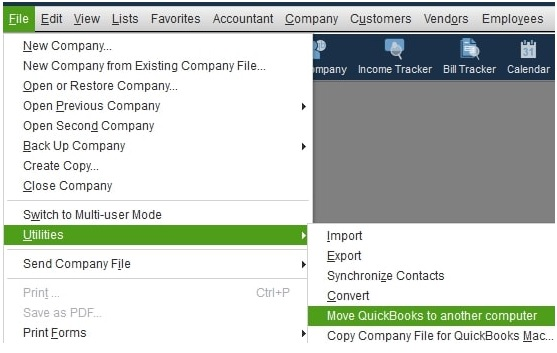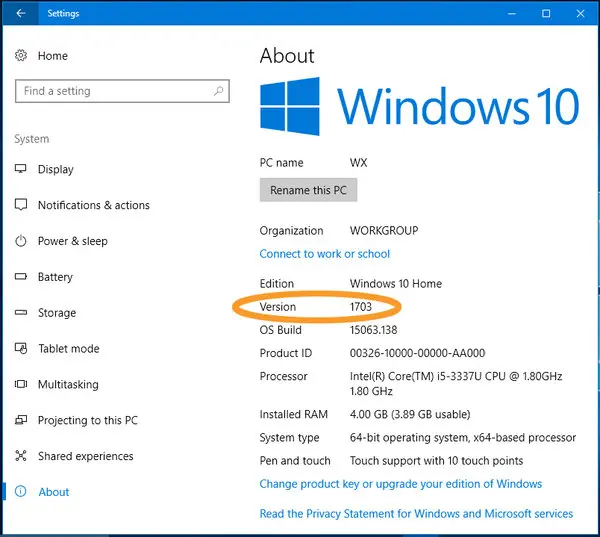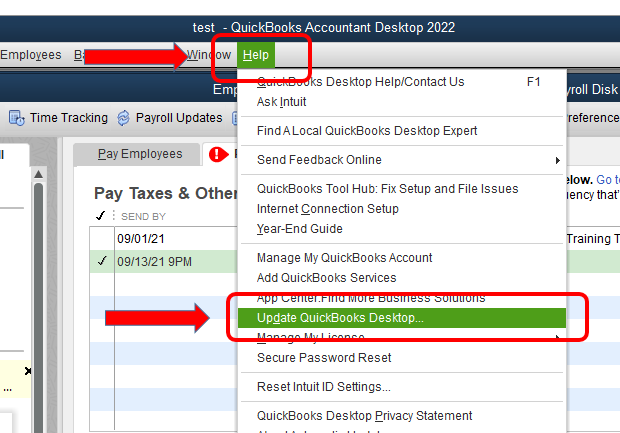What to Do If QB Desktop Migration Fails Unexpectedly
Did your QuickBooks migration process fail while transferring QuickBooks to another computer? Any obstruction during the QuickBooks migration is extremely annoying. Transferring QB data requires careful attention to ensure data integrity and prevent loss. Migration can fail due to factors like insufficient preparation or compatibility problems, including issues with operating system settings. This blog guides handling migration failures, so make sure you follow this until the end, paying attention to all the points mentioned below.
If you need additional assistance to resolve the failed QuickBooks Desktop migration issue then you can call +1(800) 780-306 and connect with an experienced QuickBooks expert who will guide you through each step in detail verbally.
Why Does QuickBooks Transfer Encounter Issues?
If you're wondering why QuickBooks data migration sometimes hits a snag, here's a big list and breakdown of the common culprits:
An outdated Windows version might not be compatible with QuickBooks, which triggers an error during the migration process.
Misconfigured operating system configurations can hinder QuickBooks Desktop from running smoothly.
Another additional reason is system requirements. Some modifications might be needed to allow seamless access to the QB Desktop app.
Now that we have pinpointed the causes, let’s dive into some effective troubleshooting solutions.
Explore the Best Fixes If QB Migration Fails Unexpectedly

Businesses often migrate the QB application data to meet changing needs, such as upgrading to newer versions for better features and security. If your users also move from QuickBooks Desktop to QuickBooks Online for improved accessibility and collaboration through cloud-based storage and remote access. Here’s how you can resolve the QB migration issue:
Resolution 1: Update the Windows 10 Edition
If your system has Windows 10, then you must update it to the most recent edition for better performance. The correct steps are:

Click the Start button.
Then, hit the Settings option.
Now, select Update & Security.
After that, you have to select the Windows update option available in the right pane. This option will start the update process.
After following these steps your Windows 10 update will be fully updated, paving the way for smooth data file migration. If the issue persists during the migration, the second solution will provide further guidance.
Resolution 2: Reinstalling or Relocating QuickBooks Desktop

Before continuing with the following steps make sure you have your product key and license information on hand.
Start by uninstalling the current QuickBooks application
then, either download the necessary installation files or insert the installation CD into the new computer.
Proceed with the usual QuickBooks Desktop setting.
If you're installing QuickBooks on a different machine, remember to register it again. You can do so by clicking Help, then Register QuickBooks. Then, provide you details.
Then, you can restore the backup data using a USB drive. \
While you attempt to move QuickBooks to another computer greyed-out option is another technical fault that you can easily fix by updating QB, or disabling Windows UAC settings. \
The blog assists users who seek troubleshooting for migration failure in QuickBooks. If you face any challenges or need additional guidance then you can always talk with a QuickBooks expert.



Comments
Post a Comment